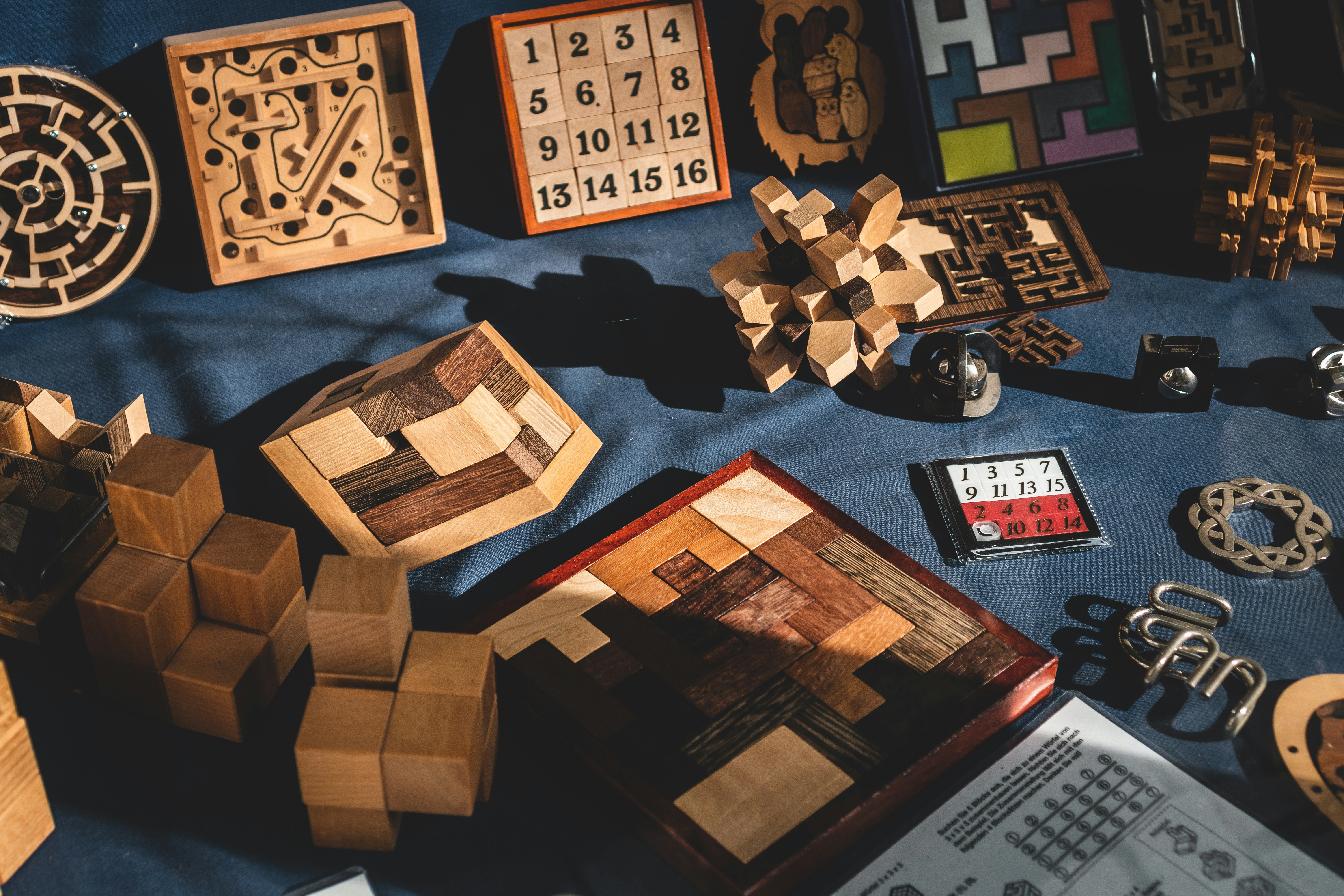The Art of Game Design: Crafting Unforgettable Player Experiences
Behind every great video game lies a carefully orchestrated combination of mechanics, visuals, sound, storytelling, and user interaction. Game design is both a science and an art — a multidimensional discipline that blends technology with creativity to build immersive, emotionally resonant worlds.
But what exactly makes a game “great”? Why do some games become cultural touchstones while others fade into obscurity? In this article, we explore the key principles of game design, the balance between form and function, and how designers craft experiences that stay with players long after the credits roll.
1. Core Gameplay Mechanics: The Foundation
At its core, a game is defined by how it’s played. Great design begins with solid core mechanics — the rules and systems that drive player interaction. These can include movement, combat, resource management, puzzle-solving, or any number of unique interactions.
Key Considerations :
- Is the gameplay loop satisfying?
- Is it easy to learn but hard to master?
- Does it support the overall theme and goal of the game?
Examples :
- Celeste : Simple jumping mechanics that reflect the protagonist’s emotional struggles.
- Tetris : Timeless block-dropping puzzle mechanics with increasing tension.
- Hades : Fluid, fast-paced combat enhanced by randomized upgrades.
2. Level Design and World Building
Levels are not just stages — they’re experiences. Whether it's a tightly packed 2D platformer or a sprawling open-world RPG, the environment plays a crucial role in guiding, challenging, and immersing the player.
Good level design :
- Balances challenge and reward
- Introduces new mechanics gradually
- Encourages exploration and experimentation
Great world building :
- Creates a believable, consistent universe
- Uses environmental storytelling to convey history and emotion
- Makes the player want to explore every corner
Examples :
- Dark Souls : Environmental design that subtly teaches players through observation.
- The Legend of Zelda: Breath of the Wild : Open-world exploration that feels natural and organic.
3. Narrative and Emotional Impact
Not all games tell stories — but the best ones leave emotional impressions. Game designers must consider how the story is delivered:
- Through cutscenes?
- Environmental clues?
- Player choices and consequences?
Modern game narratives are nonlinear, interactive, and deeply personal.
Examples :
- The Last of Us : Character-driven storytelling that explores love, loss, and survival.
- Undertale : A meta-narrative that adapts to player decisions, rewarding pacifism or punishing aggression.
- Journey : Wordless storytelling through visuals, sound, and shared experience.
4. Visual Aesthetics and Art Direction
Graphics aren’t everything — but art direction is. A distinct, coherent visual style can define a game’s identity.
Important elements :
- Color palette
- Character design
- UI/UX clarity
- Animation and movement
Some games go for realism, others for minimalism or abstraction — all can be effective if they reinforce the game’s tone and themes.
Examples :
- Gris : A watercolor aesthetic symbolizing emotional healing.
- Cuphead : 1930s cartoon style that blends nostalgia with challenge.
- Inside : Monochromatic minimalism to build tension and mystery.
5. Sound Design and Music
Audio is often underestimated, but it’s essential to immersion. Music sets the emotional tone, while sound effects provide feedback, tension, and realism.
Effective audio design :
- Signals gameplay cues (e.g., low health warning)
- Builds atmosphere (e.g., eerie silence in horror games)
- Enhances narrative beats (e.g., swelling orchestras in climactic moments)
Examples :
- Hollow Knight : Melancholic, ambient music that complements the game’s mood.
- DOOM (2016) : Aggressive, adaptive metal soundtrack that matches intense combat.
- The Legend of Zelda : Iconic themes that evolve with the franchise.
6. Player Agency and Choice
Interactivity is the soul of gaming. Great game design empowers players to make meaningful choices — and then own the consequences.
Types of agency :
- Narrative: branching storylines and moral decisions
- Gameplay: different approaches to combat, stealth, or puzzle-solving
- Aesthetic: customization of character or environment
Examples :
- Mass Effect : Dialogue choices that shape relationships and story arcs.
- Dishonored : Multiple paths for missions based on playstyle.
- Minecraft : Total freedom in building and exploration.
7. Accessibility and Inclusion
Designing for all players is not just a trend — it’s a responsibility. Games should be accessible to players of different abilities, languages, and backgrounds.
Accessibility Features :
- Subtitles and colorblind modes
- Difficulty settings and control remapping
- Narrative summaries and visual aids
Examples :
- The Last of Us Part II : Extensive accessibility options recognized across the industry.
- Celeste : Assist mode that lets players adjust game speed and invincibility.
8. Innovation vs. Familiarity
Great design balances innovation (new mechanics, fresh ideas) with familiarity (intuitive controls, genre conventions). Too much novelty can overwhelm; too little can feel stale.
The challenge is finding the sweet spot — where players feel challenged but not confused, surprised but not alienated.
9. Feedback Loops and Progression
Players need to feel like their actions matter. That’s where feedback loops and progression systems come in.
Effective progression :
- Feels rewarding (XP, loot, abilities)
- Is paced well (not too fast, not too grindy)
- Matches the narrative and tone of the game
Examples :
- Slay the Spire : Unlocking new cards and relics after each run.
- Hades : Persistent upgrades between attempts that reward effort.
10. Playtesting and Iteration
Finally, even the most brilliant ideas can fail without proper execution. That’s why playtesting is essential.
Designers must observe real players, gather feedback, and iterate relentlessly. The best games are built not just by inspiration, but by listening, tweaking, and refining over time.
Conclusion: Designing with Purpose
Game design is about more than pixels and polygons — it's about crafting experiences that evoke emotion, inspire curiosity, and leave lasting memories. Whether it's a five-minute mobile game or a 100-hour epic, the best games are those that respect the player, tell a story, and make each moment count.
As technology advances and the medium matures, one truth remains: great design is invisible — you feel it, even if you can't always see it.
The next time you play a game and feel something — awe, joy, fear, connection — remember: that’s the art of game design at work.










